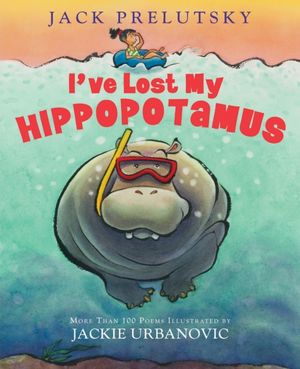On the occasion I receive questions from new homeschooling parents about how to monitor the progression of their child(ren)'s reading. Many public school districts will use a system like
AR and
Lexile to measure the reading comprehension and advancement. Book levels are available online through their respected websites. However, homeschoolers are generally not able to have access to the testing resources that come with these programs. How is a homeschooling parent to know how well their child is doing one may ask?
I am sure that many homeschooling families already know this, so this post is probably geared towards the new-to-homeschooling families. Either way, I want to point out that
homescoolers have the wonderful freedom, in comparisons to many public schools, in what the children can read! Families, never take that for granted!
Here are a few of my recommended tips for the parents who want to see how their children are doing in reading and comprehension:
1. Let your child read whatever he or she wants. If child picks up a graphic novel, that is OK because GNs do require reading comprehension, but they will generally not appear on a AR and Lexile list. That is OK too! I generally tell parents that let them pick a graphic novel and then another "serious-yet-fun-and-interesting" chapter book of their choice (but, also, of your suggestion). This concept works for all levels with the exception of high school students. Compromise is a good term to use here. You do not know how many times I see disappointed looks on the faces of children who cannot read an awesome looking book only because it is not have the correct AR level and they "can't" read it. It actually hurts to see it. Trust me.
2. Be familiar with the books that your child is reading. Why? Because then you can ask them questions about it. What was it about? Who is the main character? What happened at the end? Did you like it? Why? Why not? Now, this is not the time to get every single detail and make you child feel like they must know everything. That's too much pressure. You just want to know how they are doing and if they're comprehending it.
3. If you want to test your child, check with your local public library to see what they have to offer. The State of Texas has the Texas STAAR for grade-level students and are for subjects like Reading, Mathematics, and Science. It just so happens that there are Texas STAAR coach books. The library system that I work for has these test guide books and the answer keys. I recommend these to a lot of students and parents because they can see and practice what the state requires students to know by a specified grade level.
4. Look in to getting some SRA (Science Research Associates, Inc) Kits. As a former homeschool student (completed grades K-12), my siblings and I did SRAs. For those who are familiar with the older versions, we would pull out a card with a narrative on it, read it, and answered the questions then graded ourselves. We had two box kits: One that was really easy then another that was huge and color coded. The latter was especially meant for us when we were in middle school and high school. I may or may not have liked them back then, by I can definitely appreciate their value now. Publisher McGraw-Hill provides SRA Kits via their website. You can also check out your local homeschool curriculum sales to look into getting your hand on some of these!
More Tips
If you would like some information on improving reading comprehension check out the WP-CC's page about
R.A.D - Reading Aloud Daily. Reading Aloud has good benefits for comprehension!
Looking for example questions to ask about the book your reader just read? Look the post about
Reading Comprehension - The Questions!
These are just a few tips that homeschoolers can take to mapping reading comprehension. Check with your local library to see what the children's librarian has up his or her sleeve to help you in your schooling.
Does anyone have other recommended tips for new-to-homeschooling families?


